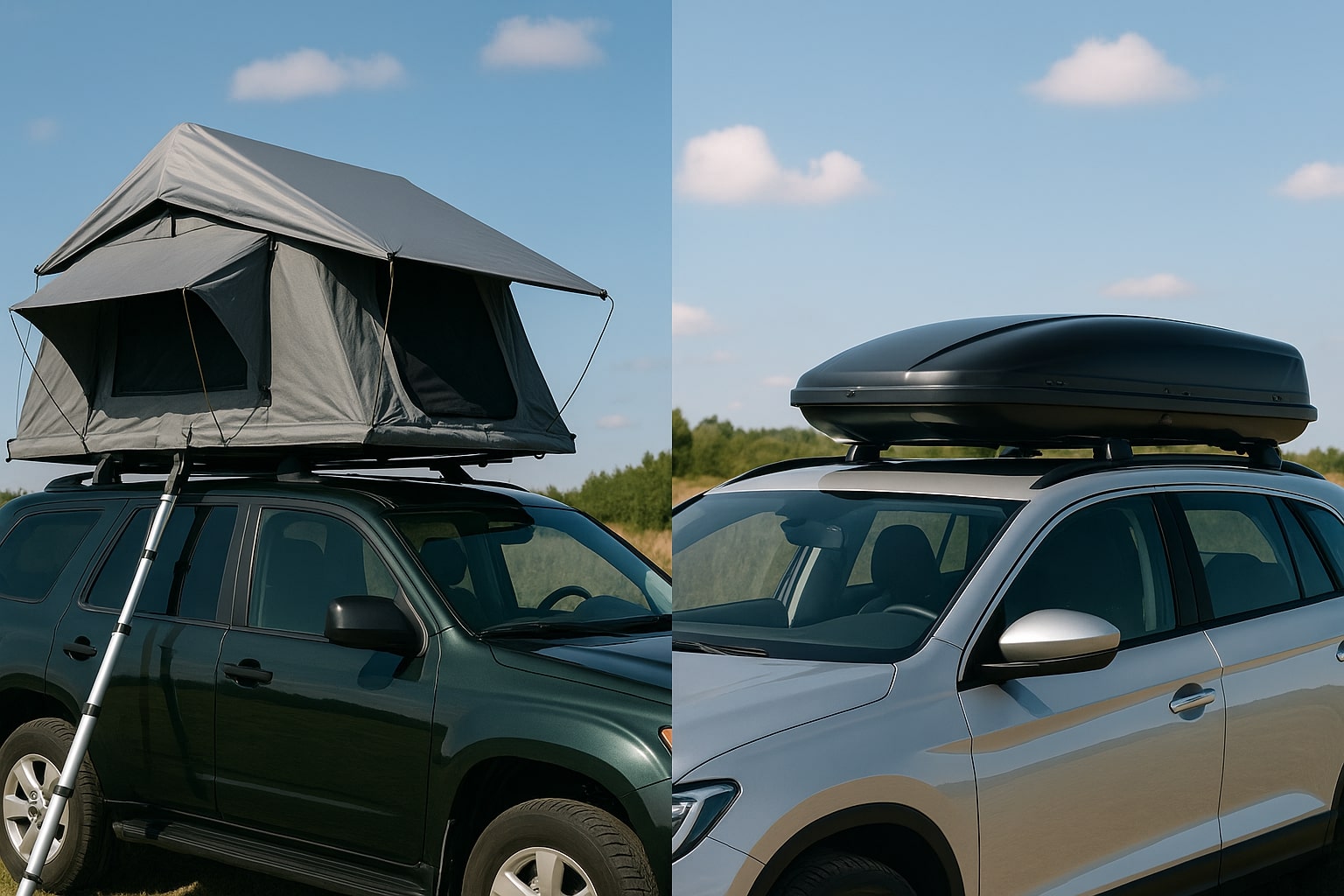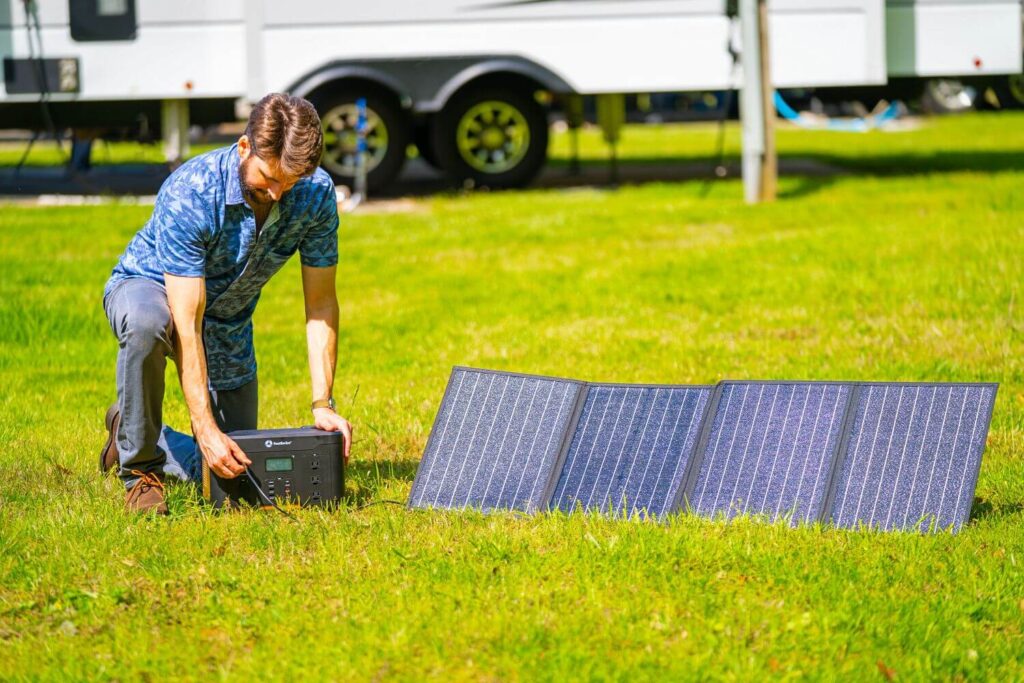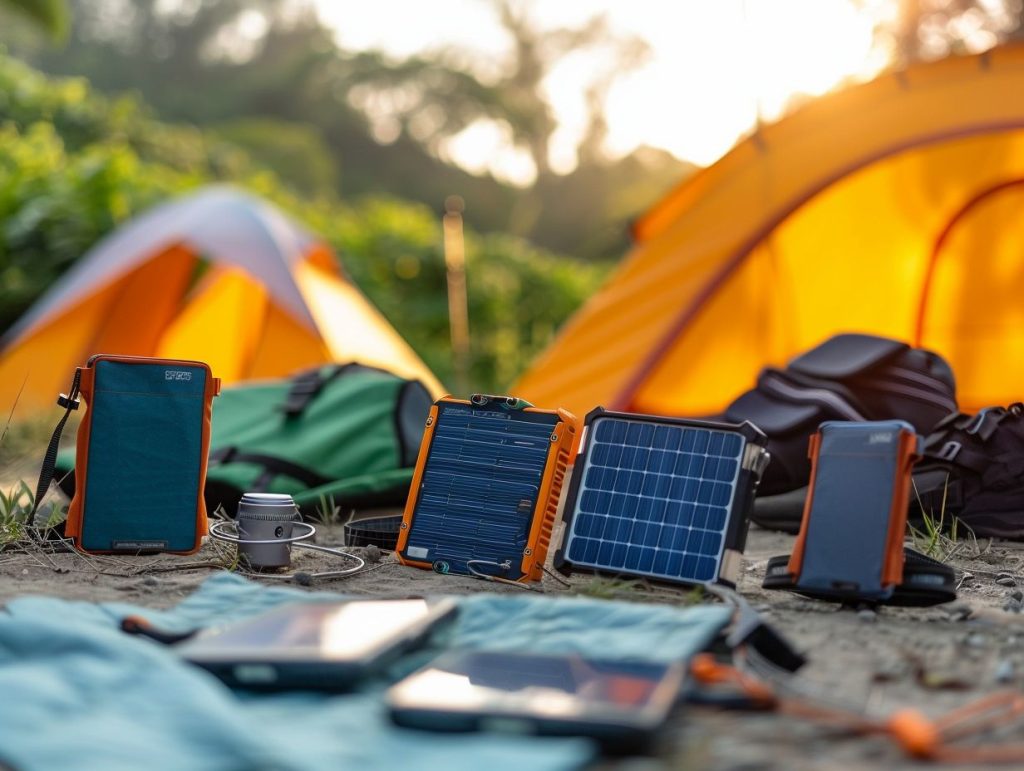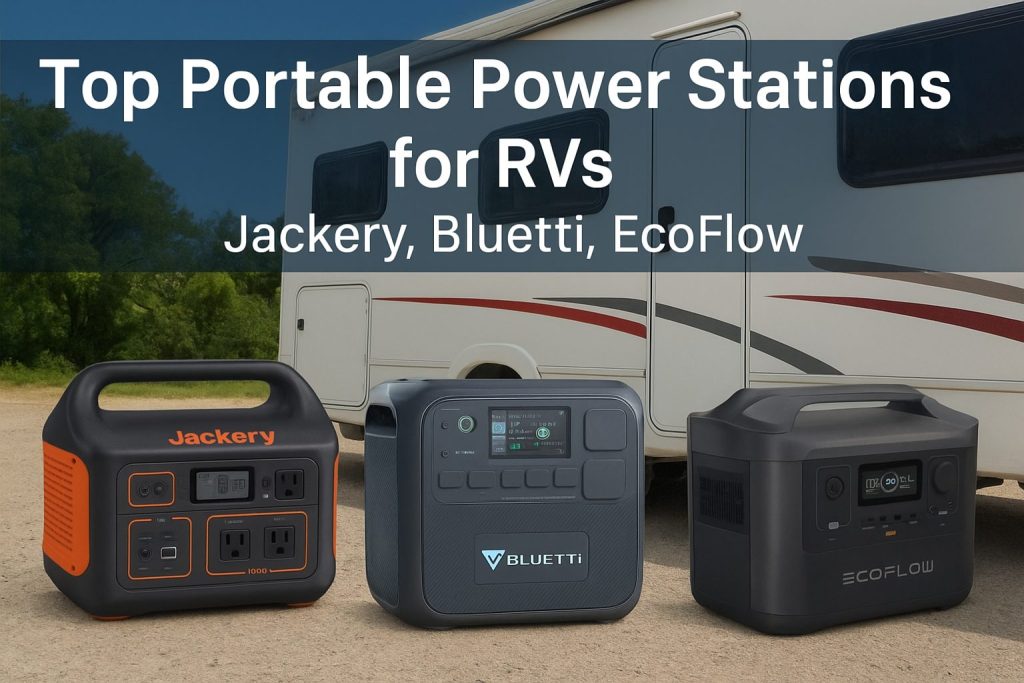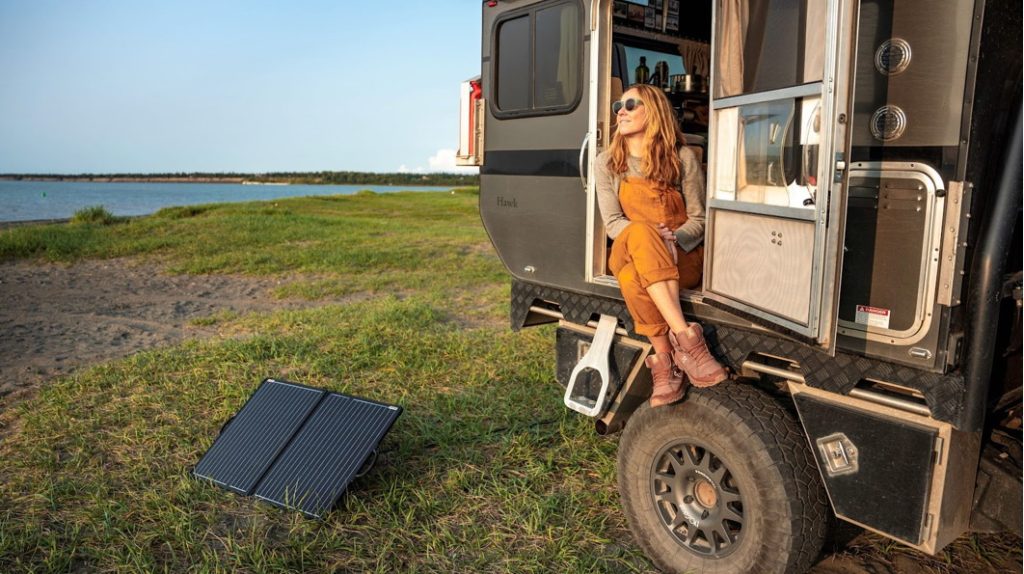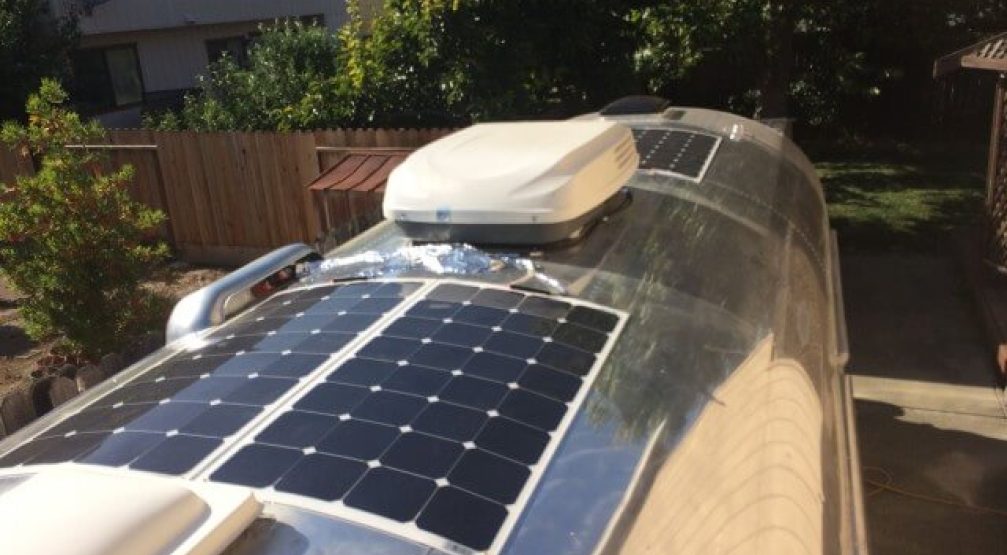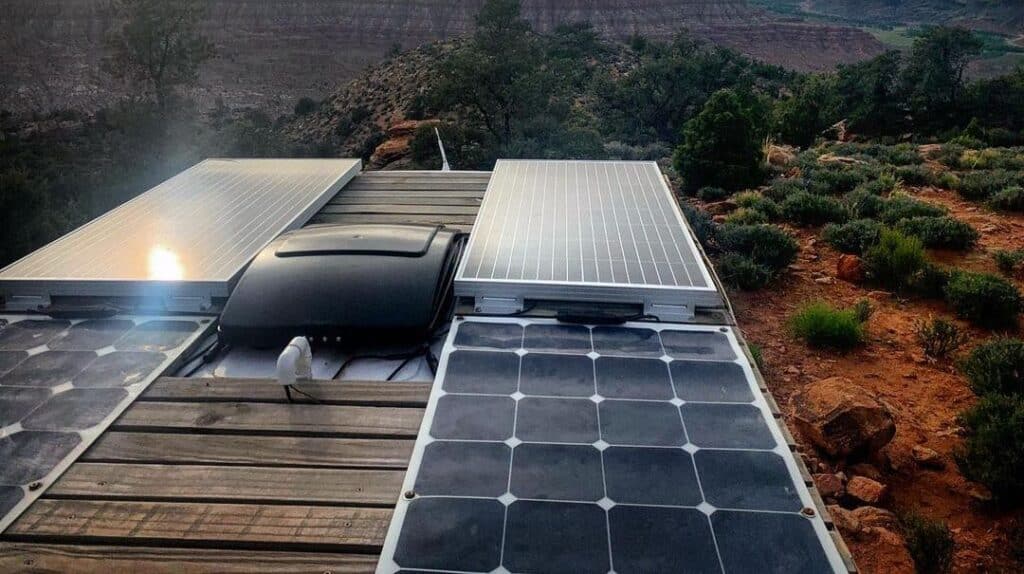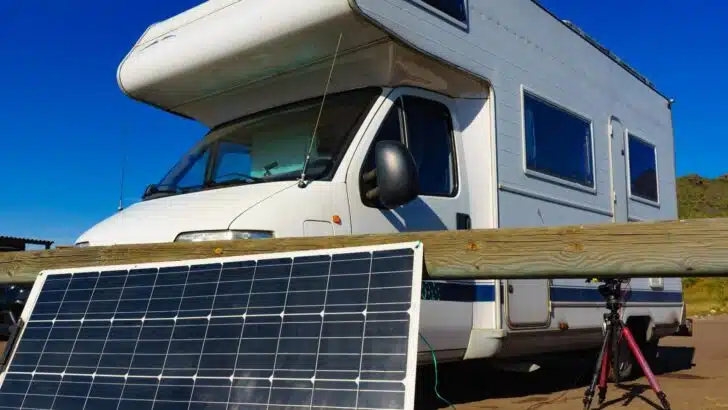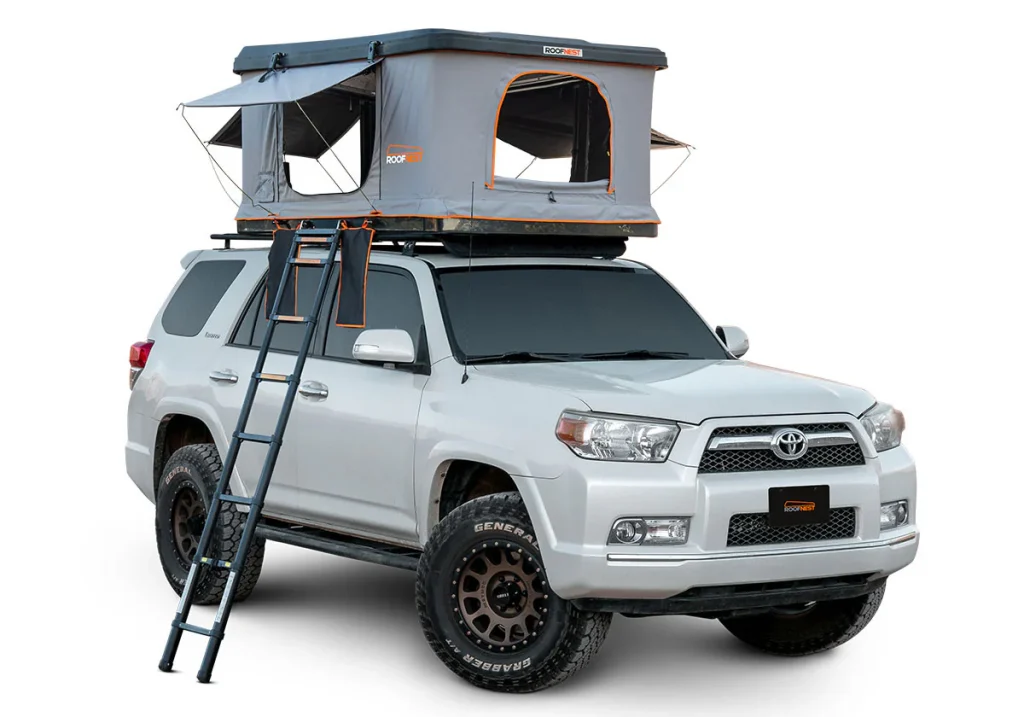When it comes to making the most of your vehicle’s roof space, you’re likely torn between two incredibly functional options: pop-up roof tents and roof boxes. Both serve drastically different purposes but are equally valuable depending on your travel goals. Whether you’re heading off-grid for a weekend of camping or embarking on a family road trip across the country, choosing the right rooftop solution can make or break your travel experience.
In this in-depth guide, we’ll explore every aspect of pop-up roof tents vs roof boxes, so you can confidently decide which is the best use of roof space for your lifestyle.
What is a Pop-Up Roof Tent?
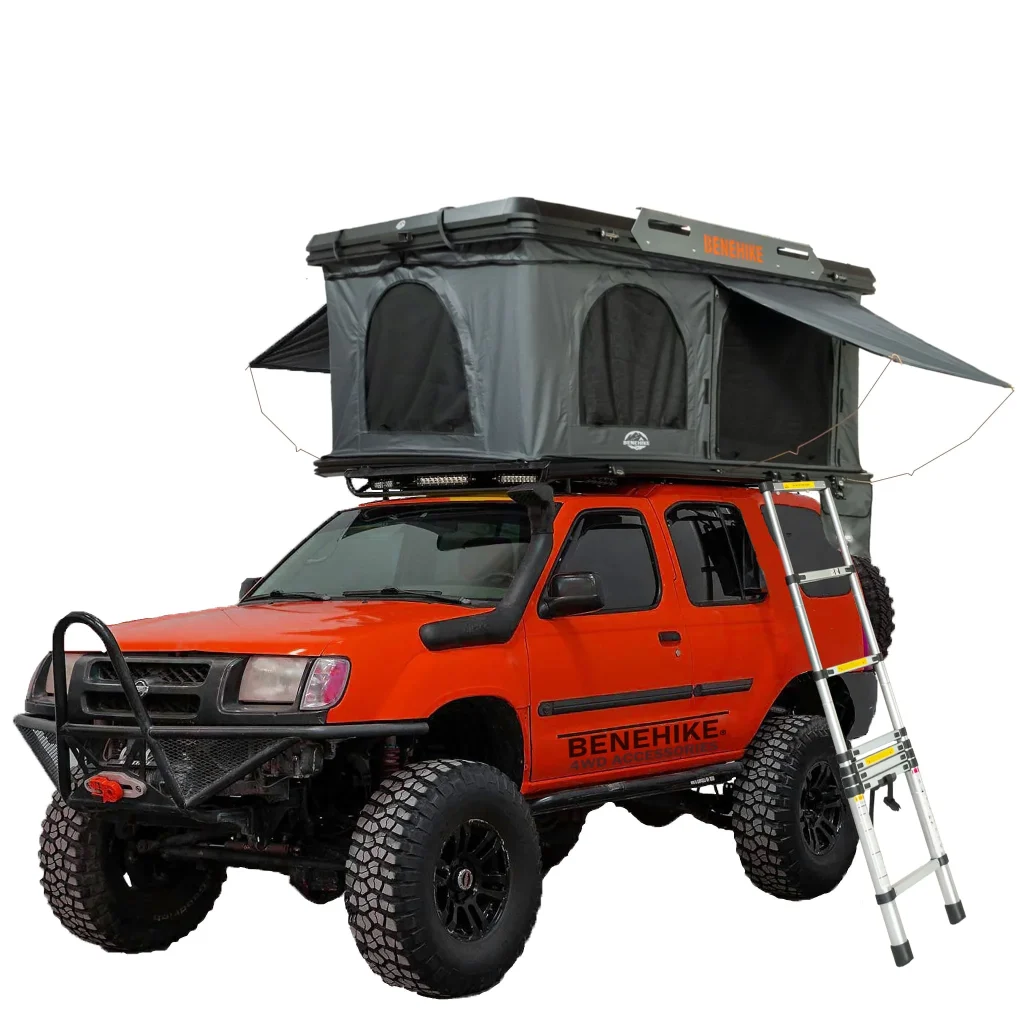
A pop-up roof tent, also called a rooftop tent (RTT), is a tent that mounts on top of your vehicle’s roof racks and pops open for camping. These tents are designed to deploy easily and provide a comfortable elevated sleeping area that keeps you off the ground, away from moisture, critters, and uneven terrain.
There are two main styles:
-
Hard-shell roof tents: These feature a solid top and base with gas-assisted struts or hinges that allow quick deployment, often in under 60 seconds.
-
Soft-shell roof tents: These fold open like a book, often requiring a ladder and more manual setup time, but they’re usually lighter and more affordable.
Pop-up tents come with built-in mattresses, windows for ventilation, weatherproof materials, and some even include annex rooms or awnings. They’re perfect for overlanders, adventurers, or anyone who camps often and wants a quicker, cleaner alternative to ground tents.
What is a Roof Box?
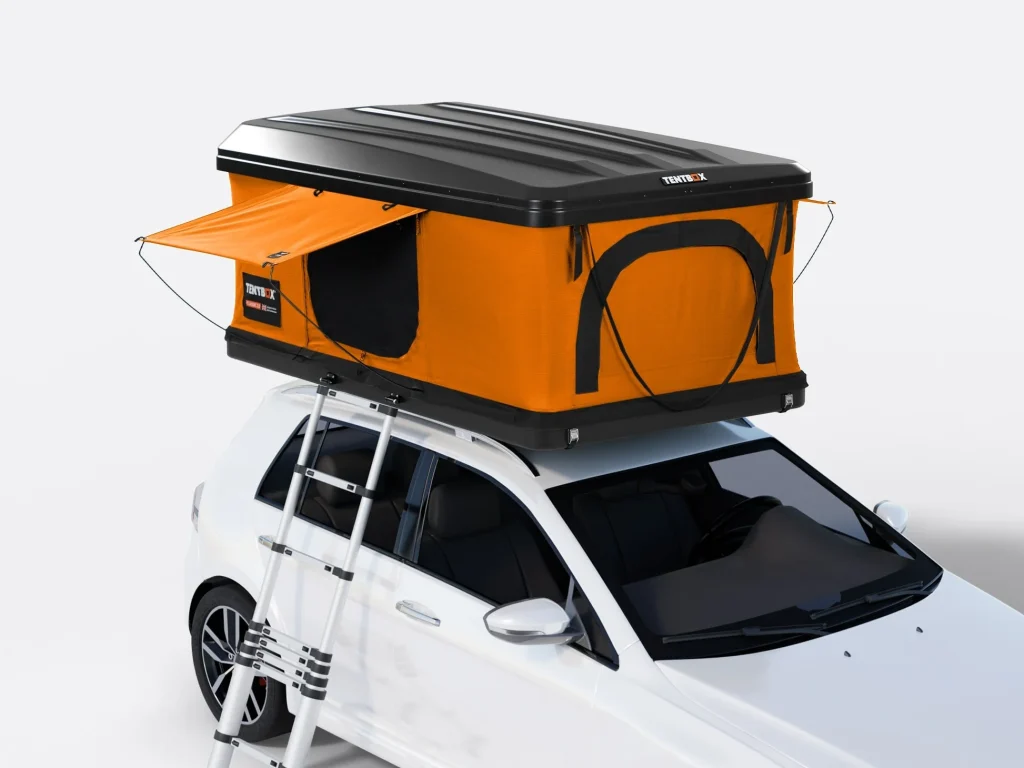
A roof box, or cargo box, is a secure, weatherproof storage container mounted to your vehicle’s roof. These boxes are commonly used for carrying:
-
Luggage
-
Camping gear
-
Ski and snowboard equipment
-
Fishing gear
-
Baby strollers
-
Extra clothing or tools
Roof boxes come in various sizes, usually ranging from 10 to 22 cubic feet. They’re built from ABS plastic or other rigid materials that provide UV protection and keep your items dry. Most open from the side or rear, with locking systems to keep your belongings secure.
They’re a favorite among families, road-trippers, and outdoor enthusiasts who need extra cargo space but prefer to sleep in accommodations like hotels, Airbnbs, or ground tents.
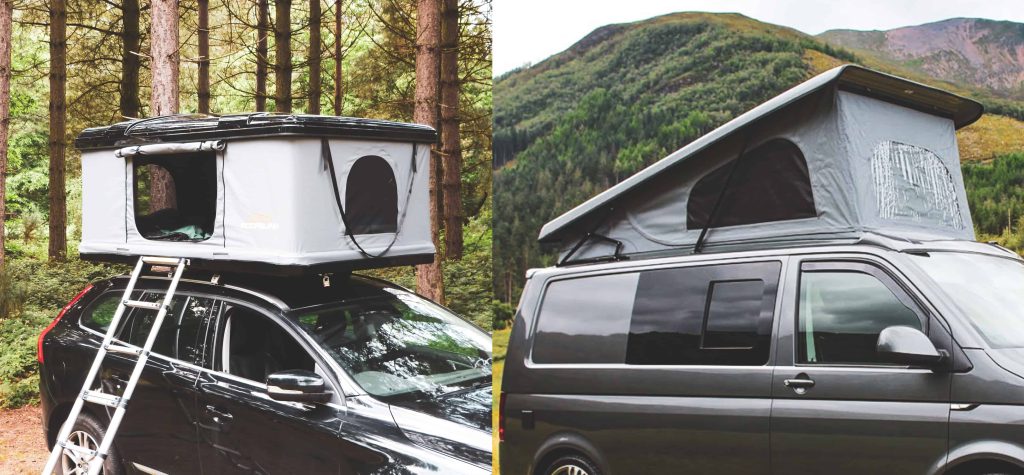
Head-to-Head Comparison: Pop-Up Roof Tents vs Roof Boxes
Let’s dig deeper and compare these two rooftop solutions across essential factors.
1. Purpose and Primary Use Case
-
Pop-Up Roof Tents: Designed for sleeping. They’re ideal for those who want to camp frequently and value the ability to sleep almost anywhere the car can park. Great for overlanding, remote destinations, or campsites.
-
Roof Boxes: Designed for storage. They’re perfect for travelers who want more space inside the car and aren’t planning to sleep in or on the vehicle.
Verdict: Choose based on whether you need to sleep on your roof or store more gear.
2. Space Utilization
-
Roof Tents: Take up a significant portion of the roof but convert it into living space, maximizing function. However, once installed, there’s usually no room left for anything else.
-
Roof Boxes: Offer more flexible space utilization. You can choose the size of the box and even mount additional gear like bikes or kayaks beside it if space allows.
Verdict: Roof boxes are better for modular and flexible packing; roof tents fully commit the roof to sleeping space.
3. Setup and Accessibility
-
Pop-Up Tents: Hard-shell versions can pop up in seconds, while soft-shell models may take 5–10 minutes. Once up, you climb up via a ladder. They remain on the roof full-time during your trip.
-
Roof Boxes: Always ready to use. You simply unlock and open the lid. Loading and unloading gear can be challenging if you’re not tall, but otherwise, no setup is needed.
Verdict: Roof boxes are more accessible for everyday use. Roof tents require some setup but offer overnight utility.
4. Comfort vs Convenience
-
Pop-Up Tents: Offer superior comfort with built-in foam mattresses, ventilation, and weather resistance. Many users report sleeping better in rooftop tents than in traditional ground tents.
-
Roof Boxes: Offer convenience in organizing and transporting gear. They free up interior vehicle space and keep gear clean, dry, and out of the way.
Verdict: Pop-up tents win on comfort; roof boxes win on daily convenience.
5. Weight and Load Capacity
-
Pop-Up Tents: Weigh between 100 to 180 pounds, sometimes more. They can affect fuel efficiency and add drag. Not all vehicles can support their weight.
-
Roof Boxes: Typically weigh between 30 to 60 pounds. They’re lighter and place less strain on your vehicle’s suspension and roof rails.
Verdict: Roof boxes are lighter and more efficient in terms of fuel and roof load.
6. Cost Comparison
-
Pop-Up Tents: Range from $1,000 to $4,000 depending on size, material, and features. Additional costs may include ladder extensions, annex rooms, or custom racks.
-
Roof Boxes: Range from $300 to $900. Even premium models cost less than entry-level roof tents. They also don’t require many extras.
Verdict: Roof boxes are significantly more affordable.
7. Durability and Weather Resistance
-
Pop-Up Tents: Built with rugged fabrics, aluminum, and fiberglass shells. Designed to withstand harsh environments, rain, and wind. Ventilation is built-in to reduce condensation.
-
Roof Boxes: Made of rigid ABS plastic or fiberglass, they’re completely waterproof and UV-resistant. Most come with secure locking systems to deter theft.
Verdict: Both are durable, but roof boxes are superior in long-term waterproofing. Roof tents are better for withstanding harsh elements during use.
8. Vehicle Compatibility
-
Pop-Up Tents: Require crossbars and a sturdy roof with a high dynamic load capacity (often at least 165 pounds). Best suited for SUVs, trucks, and vans.
-
Roof Boxes: Universally compatible with most vehicles with roof racks. Lower profile and lower load mean even sedans and hatchbacks can use them.
Verdict: Roof boxes win in compatibility across a wider range of vehicles.
When to Choose a Pop-Up Roof Tent
Pop-up roof tents shine in specific travel scenarios. Consider one if:
-
You frequently camp, especially in remote or primitive locations.
-
You’re into overlanding or off-grid exploration.
-
You want to avoid sleeping on the ground due to wildlife, weather, or comfort.
-
You value rapid deployment and don’t mind the roof being dedicated to sleeping space.
Best for: Adventurers, campers, overlanders, digital nomads on road trips.
Top Brands to Explore:
-
Roofnest
-
Tepui (Thule)
-
James Baroud
When to Choose a Roof Box
Roof boxes are incredibly versatile and fit seamlessly into most travel styles. Choose one if:
-
You want extra storage space without compromising interior comfort.
-
You often go on road trips with family or pets and need room for luggage.
-
You participate in sports like skiing, fishing, or biking and need space for gear.
-
You sleep in hotels, Airbnbs, or prefer ground-based camping.
Best for: Road trippers, families, outdoor athletes, anyone wanting more space.
Top Brands to Explore:
-
Thule
-
Yakima
-
INNO
-
SportRack
-
Goplus
Can You Use Both?
Yes, in some cases, you can use both a roof tent and a roof box, but it requires a large vehicle and careful planning.
Here’s how:
-
Split roof racks: Mount a small roof tent on one side and a compact roof box on the other.
-
Trailer: Pull a small trailer for gear and keep the roof for the tent.
-
Hitch storage: Use a hitch-mounted cargo carrier for gear and keep the roof for the tent.
Considerations:
-
Total weight must stay within your vehicle’s static and dynamic roof load limits.
-
Aerodynamics will be affected.
-
Accessing gear inside a roof box beside a tent may be awkward or blocked.
Verdict: Possible, but best reserved for large SUVs, vans, or trucks with heavy-duty racks.
Which One is Best for You?
Here’s a quick summary to help you decide.
| Feature | Pop-Up Roof Tent | Roof Box |
|---|---|---|
| Primary Use | Sleeping setup | Gear storage |
| Setup Time | 1–10 minutes | None |
| Weight | 100–180 lbs | 30–60 lbs |
| Cost | $1,000–$4,000+ | $300–$900 |
| Comfort Level | High (foam mattress, ventilation) | N/A |
| Accessibility | Climb via ladder | Easy access |
| Fuel Efficiency Impact | Higher due to bulk/weight | Moderate to low |
| Vehicle Compatibility | Limited to vehicles with strong racks | Works with most cars/SUVs |
| Best For | Campers, Overlanders, Adventurers | Families, Road Trippers, Daily Use |
Choose a Pop-Up Roof Tent If:
-
You love camping and want a quick, elevated sleeping setup.
-
You need to be off-grid and mobile.
-
You travel in remote areas and value flexibility.
Choose a Roof Box If:
-
You need extra storage without sacrificing comfort.
-
You travel often with family or gear-heavy hobbies.
-
You want a lightweight, affordable, and everyday-friendly option.
FAQs
Q1: Can a roof tent be used year-round?
Yes, many roof tents are built for four-season use, though you may need insulation kits or heated sleeping bags for winter camping.
Q2: Will a roof box affect gas mileage?
Slightly, depending on the size and aerodynamics. Low-profile designs minimize drag but expect a small decrease in MPG.
Q3: How secure are pop-up tents and roof boxes from theft?
Most roof boxes come with locks. Roof tents usually bolt down but can be vulnerable unless reinforced with anti-theft locks.
Q4: Do I need special roof racks?
Yes. Both roof tents and boxes require quality crossbars. Roof tents especially need racks rated for higher loads.
Q5: Which is easier to install solo?
Roof boxes are easier to install by one person. Roof tents often require two people due to size and weight.
Final Thoughts
Your vehicle’s roof is prime real estate. Whether you invest in a pop-up roof tent or a roof box depends entirely on how you travel.
-
If you want a mobile sleeping setup, go with a roof tent.
-
If you want modular storage for gear or a growing family, choose a roof box.
Whichever route you take, make sure to check your vehicle’s roof weight limits, install proper racks, and plan your setup for both safety and convenience. When your gear matches your goals, the journey becomes just as rewarding as the destination.
Read More: Portable Propane Stove vs Butane Stove for Overland Cooking

